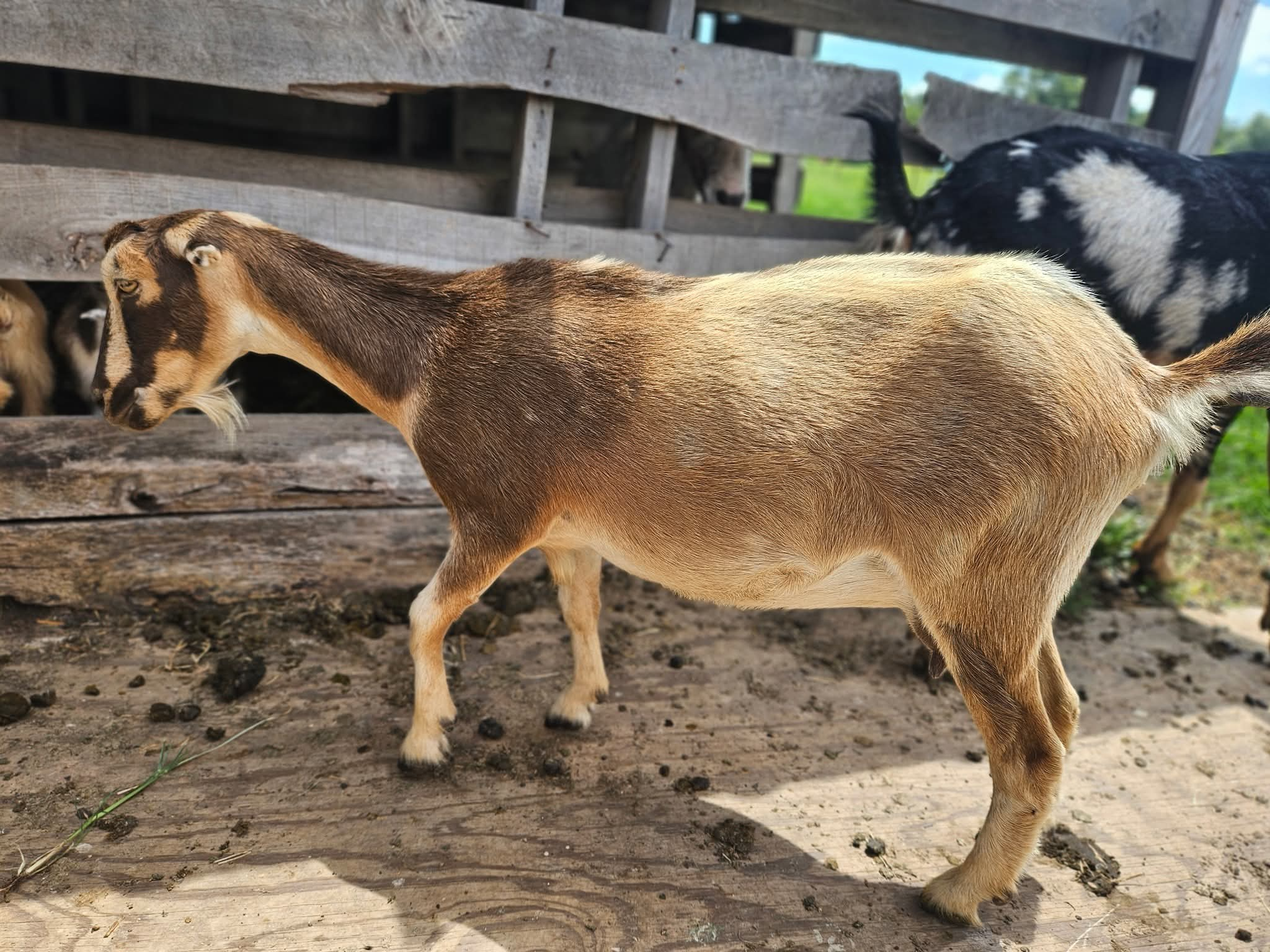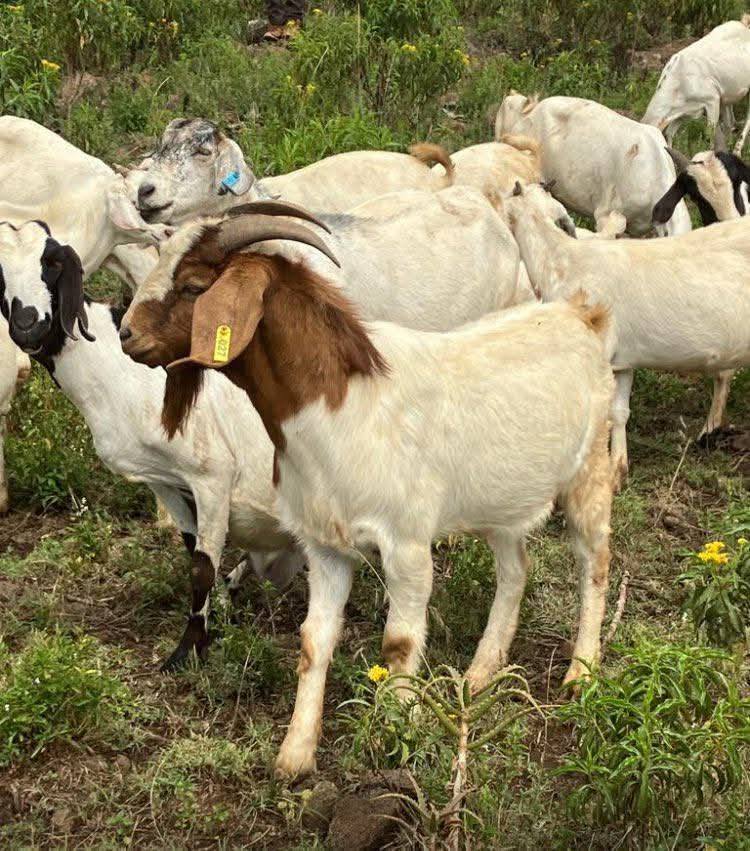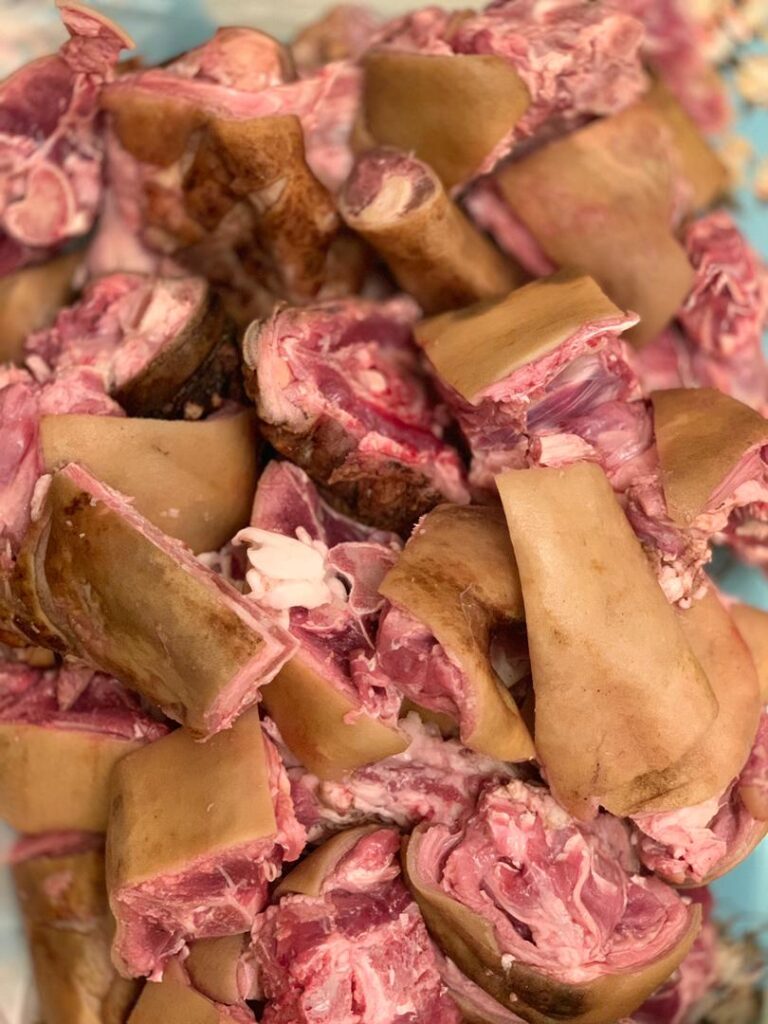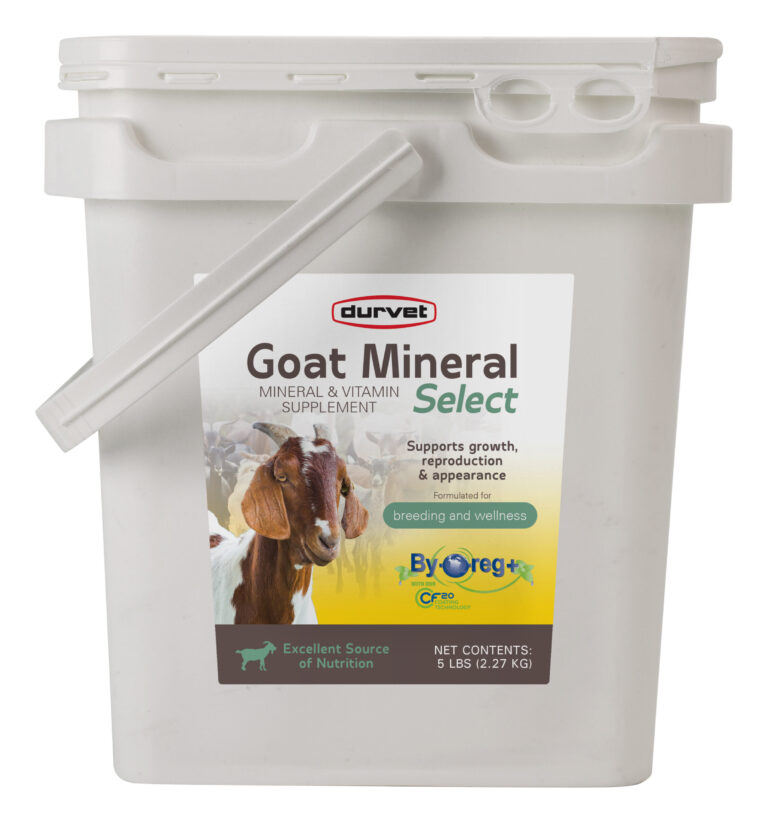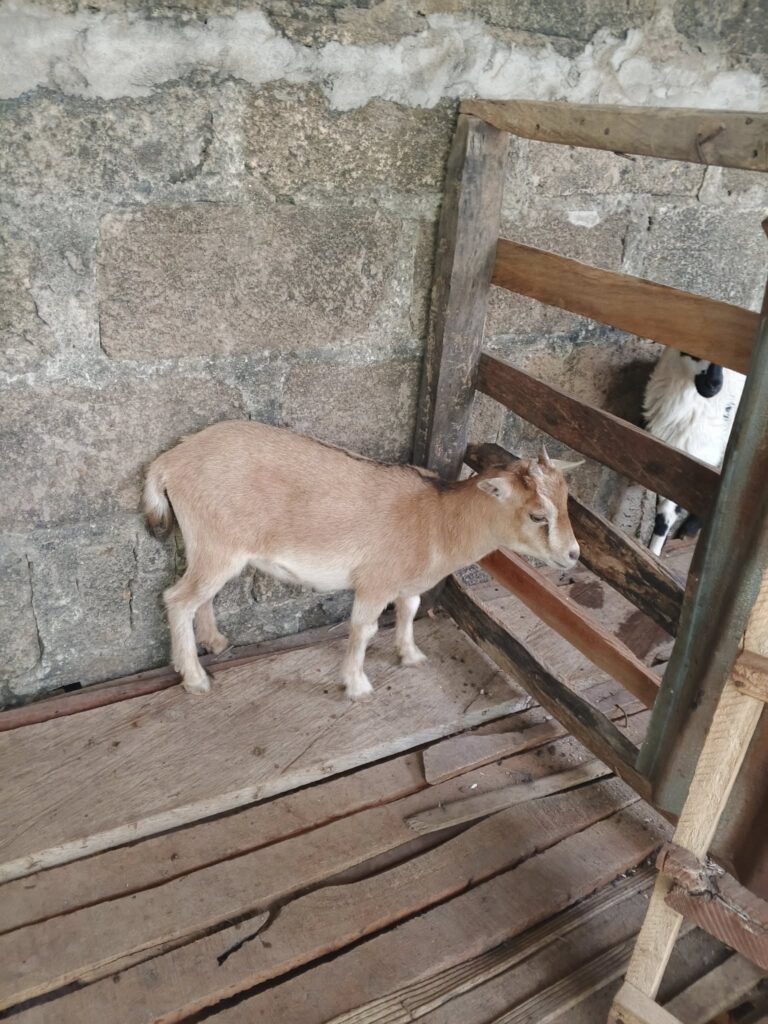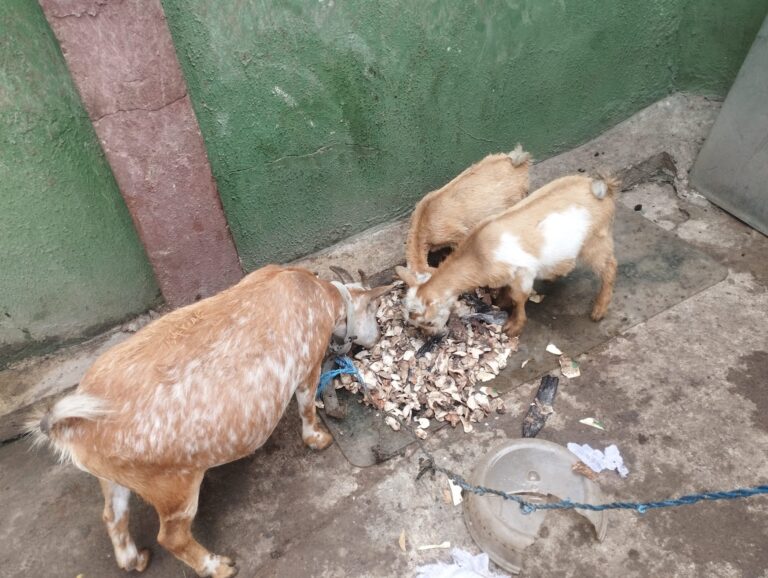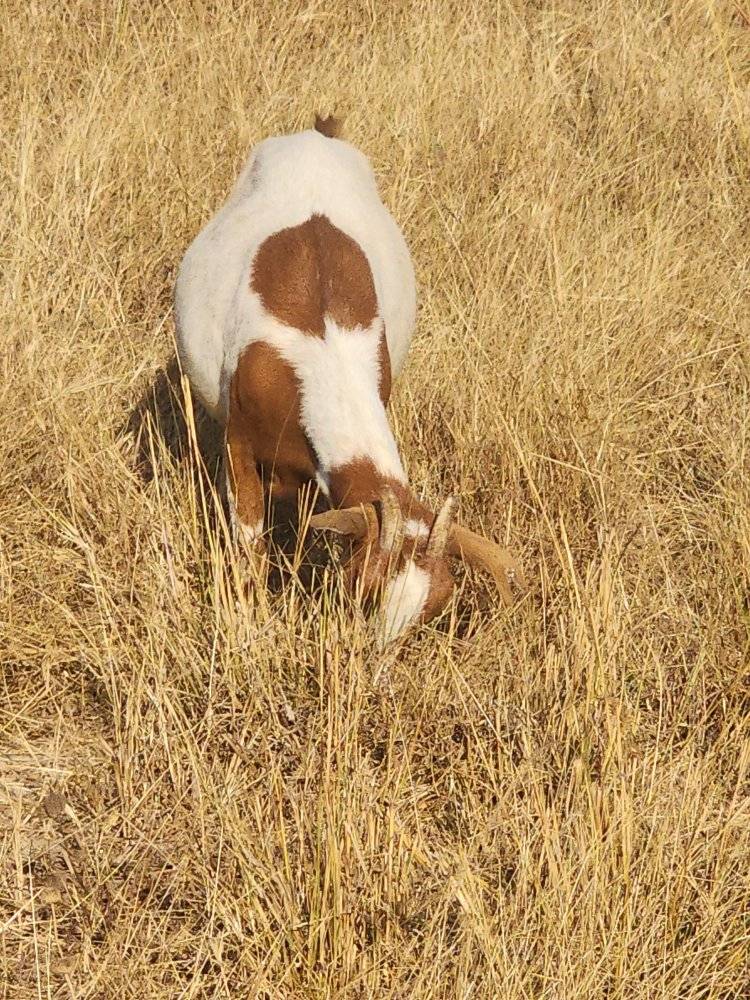Many aspiring livestock farmers ask the same question: “What goat breed should I raise for profit?” The short answer is that no single breed guarantees profit. The market is diverse; pet owners, homesteaders, 4-H projects, and meat buyers all want different things.
Having raised goats myself and worked alongside farmers across the U.S., I’ve seen first-hand how profitability hinges less on breed hype and more on strategy, resilience, and local demand.
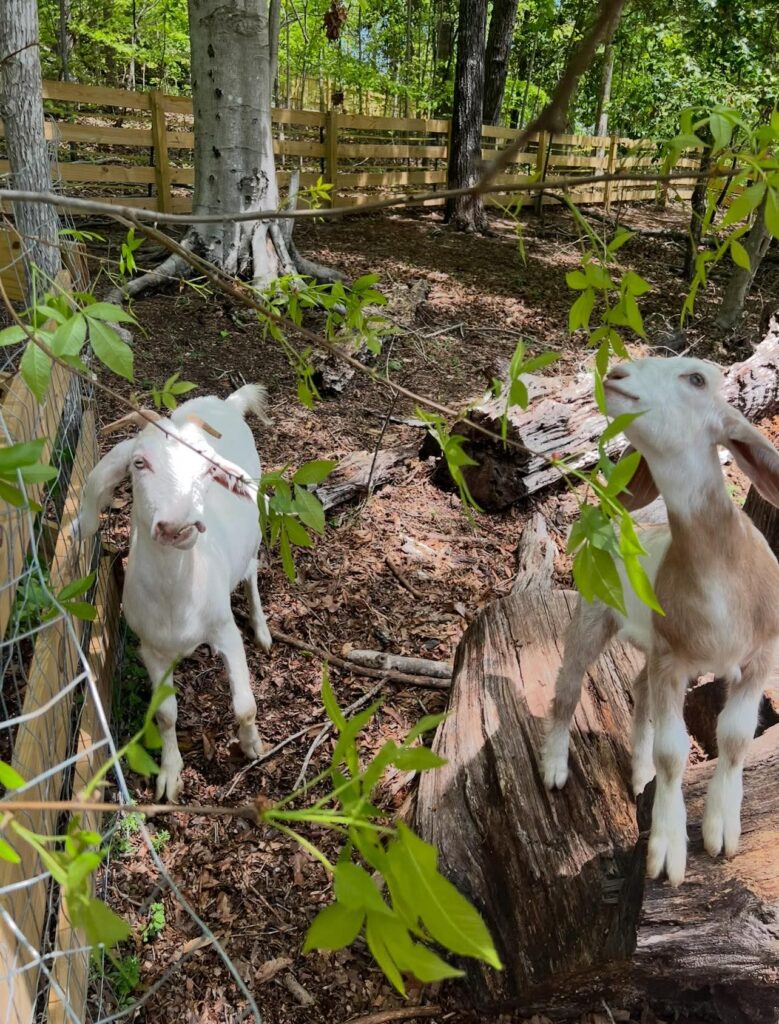
Understanding Market Outlets for Goats
Before choosing a breed, farmers must identify their most reliable outlet. Sale barns and meat packers often prefer fast-growing meat goats, while private sales or 4-H programs might favor colorful, smaller goats.
If you plan to sell at auction, check sale barn records and talk with market managers about which goats consistently bring the highest bids in your area.
When I first sold goats through a sale barn, my mixed dairy bucklings fetched far less than my neighbor’s Boer crosses. That lesson taught me that markets dictate value, not breeder preference.
The Nigerian Dwarf Goat is Popular but Oversaturated
Nigerian Dwarfs are beloved for their small size, gentle temperament, and colorful coats. They’re excellent for families or homesteaders looking for pet goats or small-scale milkers.
However, across much of North America, the Nigerian Dwarf market is heavily saturated. Even registered, show-quality animals can be difficult to sell at sustainable prices.
I’ve spoken with breeders who invested heavily in Nigerians during the 2020 homesteading boom, only to discover that by 2023 they could barely give away bucklings.
Unless you have a well-established reputation or a niche buyer base, Nigerians are better suited as hobby animals than a primary profit strategy.
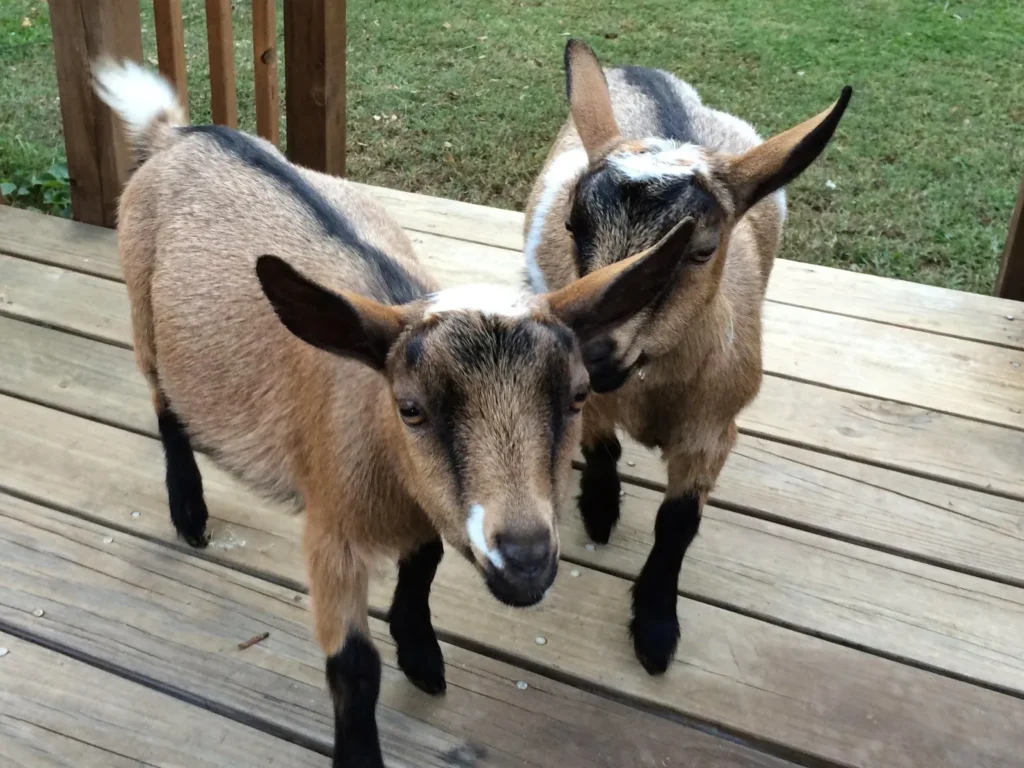
Meat Goat Breeds: Boer, Kiko, and Savanna
For farmers targeting meat markets, breeds like Boer, Kiko, and Savanna often yield better returns. Boers are traditionally the most recognized meat goats, but they require careful parasite management. Kikos, originally from New Zealand, are praised for hardiness and mothering ability, while Savannas are gaining traction for their adaptability and meat yield.
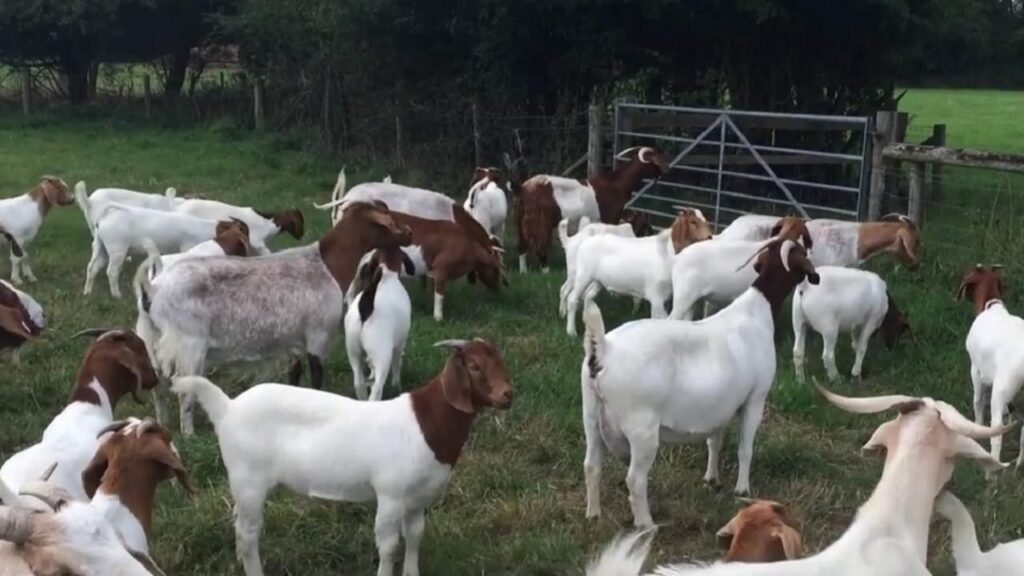
In Kansas and Oklahoma, for example, private sellers reported strong sales of Boer crosses directly to immigrant families who prefer goat meat. In my own herd, Boer-Kiko crosses consistently grew faster and commanded higher prices at sale barns compared to purebred dairy goats.
Dual-Purpose and Specialty Niches
Some farmers find balance in dual-purpose breeds like Nubians or LaManchas. These goats produce milk for cheesemaking or soap, while also raising kids that can be sold for meat. While not as fast-growing as Boers, dual-purpose breeds provide flexibility; particularly if you market milk or value-added products.
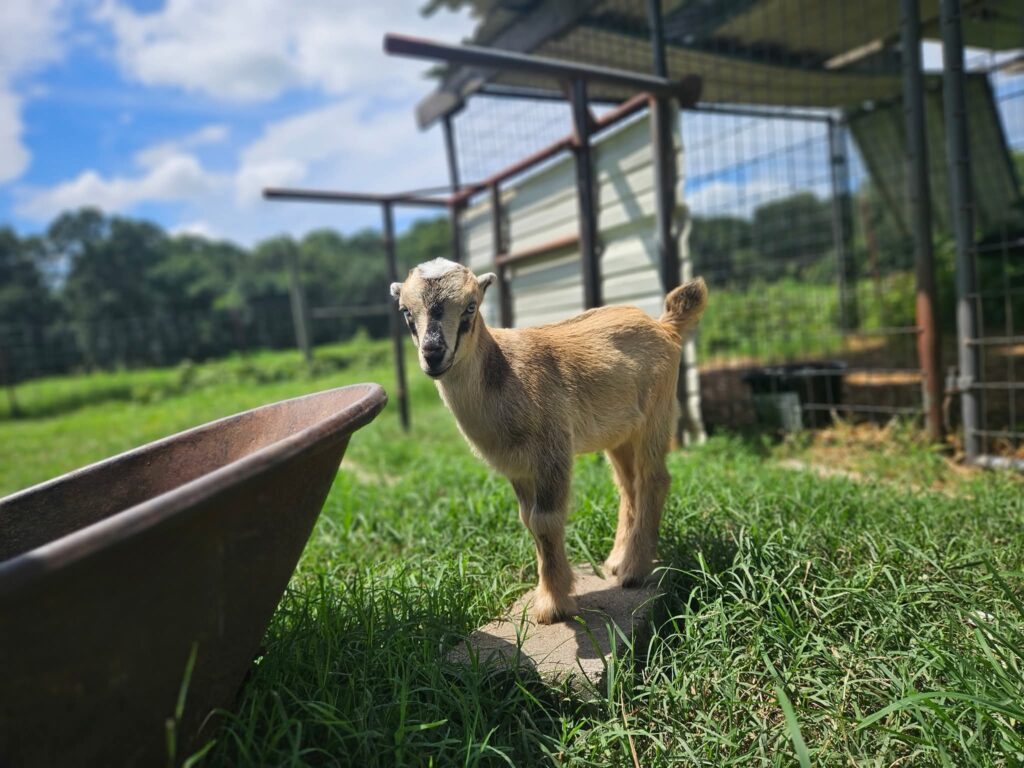
A fellow producer I know keeps Nubians, selling raw milk under a herd-share agreement while also raising wethers for local ethnic markets. Her model doesn’t yield “get rich quick” profits, but it provides steady income and keeps her herd financially sustainable.
The True Cost of Raising Goats
Profitability in goats is often swallowed by hidden costs. Feed, hay, fencing, vet bills, and shelter upgrades add up quickly.
In cold winters, goats may consume up to 5 pounds of hay per head per day, meaning that feed costs alone can challenge profit margins.
Another often overlooked expense is veterinary care. Goats are prone to parasites, pneumonia, and kidding complications. Unless you develop skills in administering vaccines, drawing blood, and treating common illnesses yourself, vet bills can erase profit margins. As one experienced farmer put it: “If you think you’ll just call the vet every time, your goats won’t pay for themselves.”
Managing Expectations: Hobby vs. Business
Many seasoned goat keepers caution newcomers: “Goats rarely make a profit in the first few years.” Some years are favorable, with healthy kids and good forage. Other years bring heartbreak with predator losses, drought-driven hay shortages, or market downturns.
That said, profitability can be possible when goats are part of a broader homestead or diversified farm plan. Bottle babies, 4-H project goats, and private meat sales can cover expenses, while value-added ventures like cheese, soap, or agritourism can turn goats into part of a sustainable business.
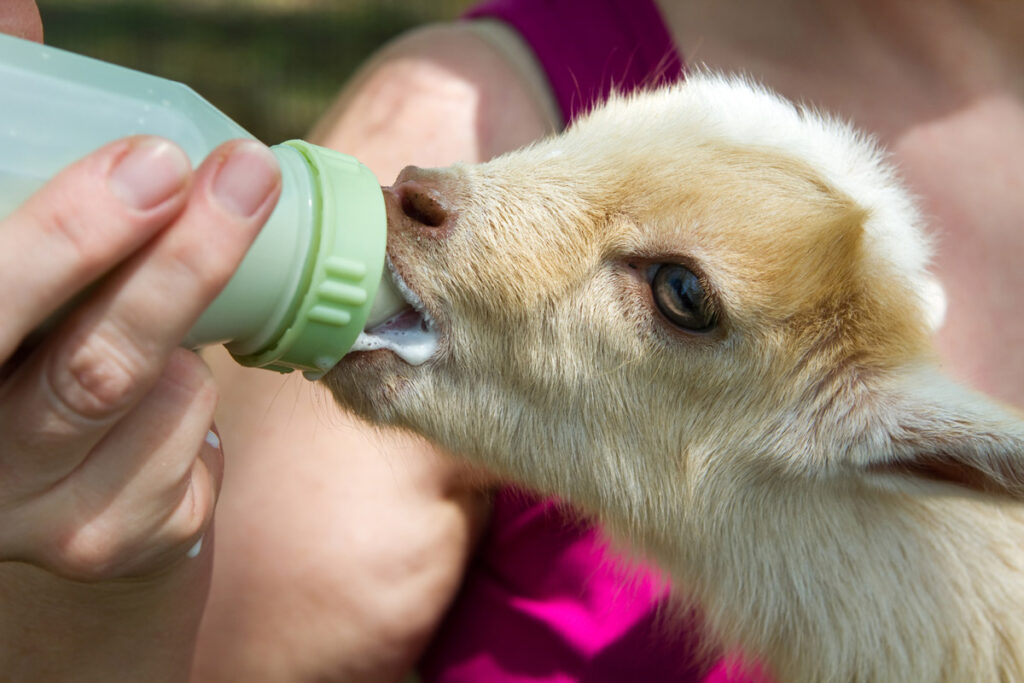
Key Considerations Before You Begin
If your goal is to raise goats for profit, ask yourself:
- What is the demand in my area? Immigrant communities often create strong meat markets, while suburban regions may lean toward pets and 4-H animals.
- Can I minimize costs? Farmers who produce their own hay and perform most vet care themselves have the best chance at breaking even.
- Am I prepared for losses? Goats are vulnerable, and even the best-managed herds lose animals to illness or predators.
- Do I have time? Kidding season requires round-the-clock care, sometimes in freezing barns at 2 a.m.
FAQ: Raising Goats for Profit
Q1: What goat breed is best for profit?
Boer, Kiko, and Savanna goats are generally preferred in meat markets, while Nigerians are popular as pets. However, no breed guarantees profit; local market demand determines success.
Q2: Are Nigerian Dwarf goats profitable?
Not usually. While they make excellent pets and small milkers, the market is oversupplied in many regions. Unless you breed high-end, registered stock with a niche buyer base, Nigerians rarely generate consistent profits.
Q3: How much does it cost to raise goats?
Expect to spend on fencing, shelters, hay, grain, and health supplies. In many regions, winter feed costs alone can reach hundreds of dollars per goat annually. Reducing costs through homegrown hay and self-managed veterinary care is key.
Q4: How do I sell goats profitably?
Direct sales to families or ethnic markets often yield higher prices than auctions. Marketing bottle babies, show-quality animals, or value-added products can also increase returns.
Q5: Can goats be part of a profitable farm business?
Yes, but rarely on their own. Goats often become profitable when integrated into diversified operations; alongside poultry, cattle, or value-added dairy products.
Wrapping Up
Raising goats for profit is a balancing act between breed choice, management skill, and local demand. While Nigerian Dwarfs flood the pet market, meat breeds like Boer and Kiko often sell more consistently.
Profit comes not from the goats alone but from a farmer’s creativity in managing costs, marketing effectively, and persevering through tough seasons. If your passion is goats, the journey is rewarding; but if you’re chasing quick profit, you may be disappointed.
Related:

